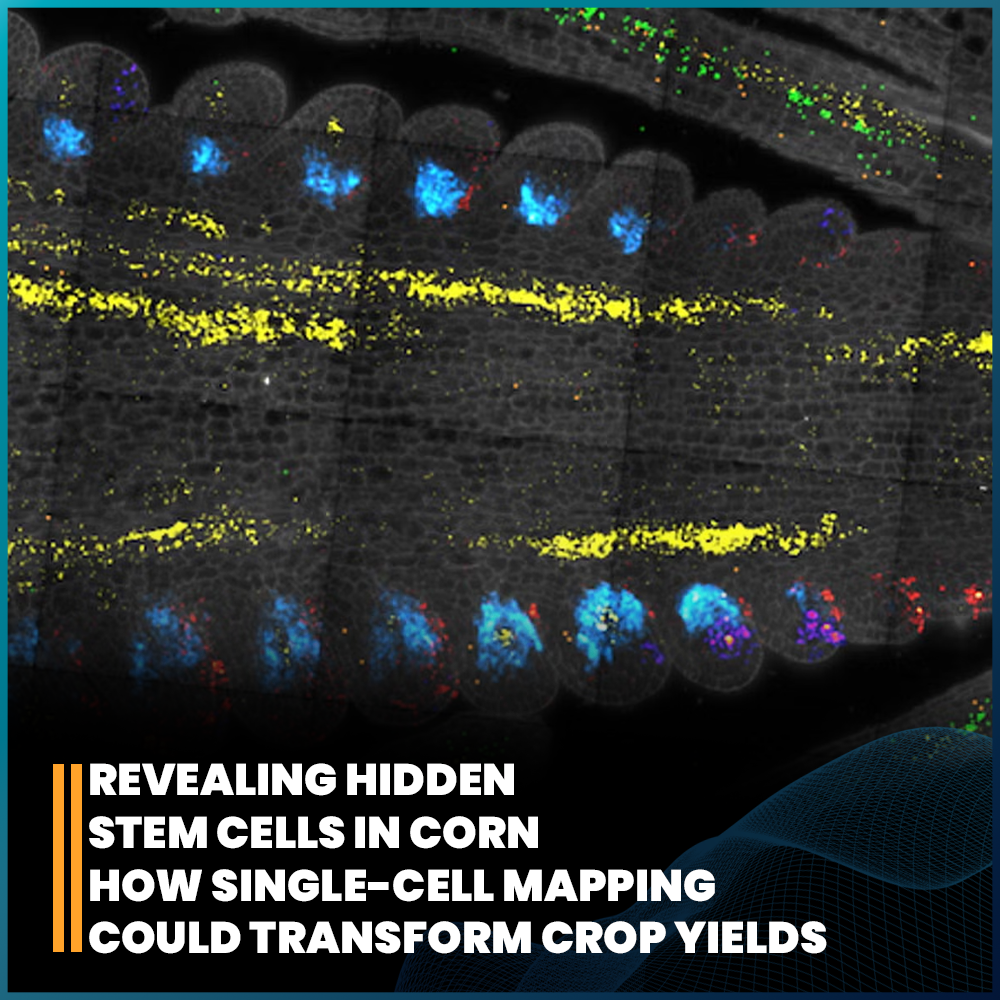3D ReRAM, a promising candidate for high density high speed non-volatile memory (NVM)
Posted by MSE Supplies on
With the progress in network virtualization, efficient data center operation raises the high demand for faster memory technology with higher density. 3D Resistance RAM (ReRAM) arrays, a likely candidate for replacing NAND Flash, have the potential for the next generation high density non-volatile memory (NVM). Crossbar, a six year-old start-up with ReRAM expertise, recently announced embedded 40nm ReRAM with CMOS process sampling from SMIC (Semiconductor Manufacturing International Corp. Shanghai, China). Crossbar says the technology will scale to 16nm and 10nm.
Comparing to NAND, the 3D ReRAM technology can deliver 20X faster write/read performance, 20x lower power consumption and 10x endurance at half the die size. In the meanwhile, the 3D stacking technology could deliver multiple terabytes of storage on a die and allow logic and memory to be integrated onto a single chip. Crossbar ReRAM technology is based on silver over non-conductive amorphous silicon (a-Si) to form a metallic filament when an electrical field is applied. The switching mechanism ensures the performance stability of Crossbar ReRAM cell across a wide temperature range.

Customized sputtering targets can be ordered from msesupplies.com
Other than Crossbar, ReRAM technology is currently developed by a number of companies with different switching mechanism behind. Samsung develops a technology called vertical ReRAM (VRRAM); while Intel works on 3D cross-point ReRAM. A broad range of materials, including chalcogenides, binary metal oxides and perovskites, apparently can be potentially candidates for ReRam. The functional material layer of ReRAM could be sputtering deposited from various sputtering targets by PVD process.
Comparing to traditional 1T1R (one transistor, one resistor) architecture, a cross-point architecture is induced for ReRAM related memory which enables vertically stacking memory layers and suits for mass-storage devices. In the absence of transistors, isolation and selection for reading/writing is provided by a two-terminal device called “selector”. Selectors could be diodes or avionic threshold switching devices. The process for selectors also involves PVD sputtering.
With optimization of the manufacturability for working ReRAM arrays, ReRAM is demonstrated to be a promising technology for next generation high density high speed NVM.
Share this post
- Tags: Sputtering Targets



